Last month, members of the Wymer Brownlee Wealth Strategies team, attended the Oklahoma City Chamber of Commerce’s Board of Advisors meeting. During the meeting, Associate Professor of Economics Dr. Russell Evans presented the Greater Oklahoma City Economic Forecast for 2020, and we’ve outlined our thoughts and key takeaways from the study below.
First, it’s important to understand how these forecasts use specific data sets to predict future trends. The 2020 Oklahoma City Economic Forecast relied primarily on one key indicator and its sub-information: the Leading Index, which is a state-specific index published monthly by the Federal Reserve Bank of Philadelphia. The Leading Index assesses job gains or losses, unemployment rate, hours worked, wages, new housing permits, claims for unemployment benefits, manufacturing data, and changes in interest rates to determine the overall health of a state’s economy.
Near the end of 2019, the Oklahoma Leading Index dropped to its lowest point since the statewide recession of 2015 and 2016. In Oklahoma, a key trend to follow is how closely these numbers align with the performance of the oil and gas industry because it seems as oil and gas goes, the state’s economy follows. Rig counts are down near the levels of 2015, and statewide job growth was negative for the first time since the beginning of 2017. Although past performance doesn’t always equal future returns, trends are something we must be aware of (Greater Oklahoma City Economic Forecast 2020, pages 4-5).
Despite obvious pressures on the state due to continued contraction in the energy industry, there are other forces at play that could help or hinder the Oklahoma economy. The U.S. economy is expected to grow at approximately 2% in 2020. This should lead to slightly higher job numbers and will hopefully put upward pressure on wages, but we haven’t seen much inflationary pressure forcing those numbers up in the past few years (Greater Oklahoma City Economic Forecast 2020, pages 6-8). That is expected to continue during 2020 with lingering risks to economic growth nationally.
With these forces at play, Oklahoma is forecasted to show moderate growth to real GDP through the end of 2020. However, without help from the energy industry or new employers moving into the state, there is little expected growth in Oklahoma’s population or per capita personal income (Greater Oklahoma City Economic Forecast 2020, pages 10-11).
This isn’t all bad news, though. Economic forecasts are determined by past information and mathematical models (Greater Oklahoma City Economic Forecast 2020, page 31), but there are no estimates that include public/private investments in the community, new firms moving to the state, or large corporate growth initiatives. It’s important to take this into consideration as you assess the impact of these numbers on your community. In Oklahoma City and Tulsa, there may be less noticeable impacts from a slow energy industry or national economy as new firms and industries emerge. In rural communities more reliant on oil and gas production, the impacts may be multiplied. Just remember that these are mathematical models and exist mostly in a vacuum. Forecasts can change substantially based on a few factors, especially in a major election year.
Blog by Andrew Gaskill, Financial Services Manager
Source:
https://www.greateroklahomacity.com/clientuploads/pdf/Economic_Forecast_2020.pdf
Category: Financial Service Team, Leaders




